| Early in construction we stacked large boulders to create primitive/natural retaining walls. Since then, I bought "Building Dry-Stack Stone Walls", by Rob Gallagher to get an idea of how to properly construct rustic stone walls. Although many of their examples require heavy machinery, I found the book useful for learning how to build low retaining walls using the rock on our site. |
We are planting a variety of azaleas and rhododendrons around the house to create a woodland garden and bring some color to the landscape. We have a lot of ground to cover and a limited budget so we're starting with teeny-weeny plants. But some of them have started blooming so we get to enjoy a bit of instant gratification :-)

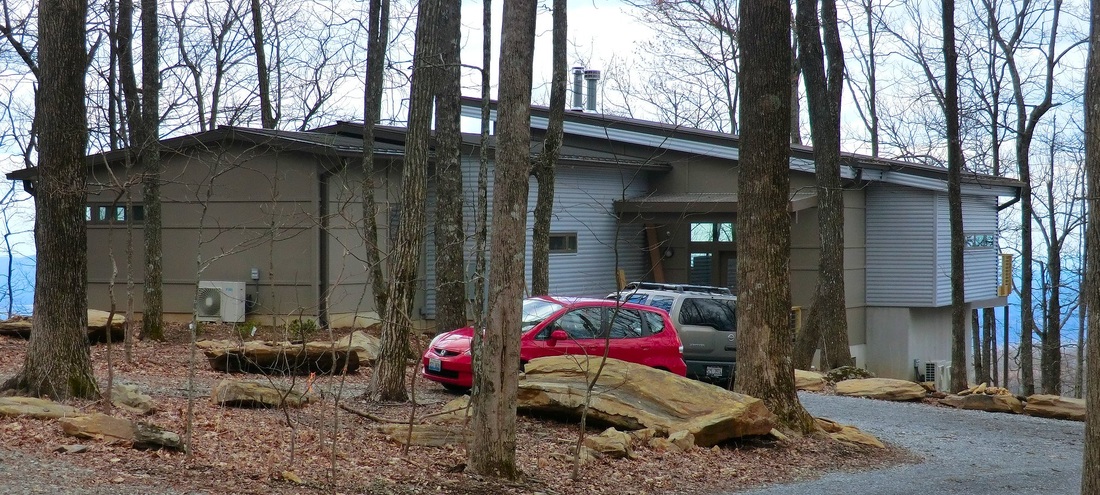
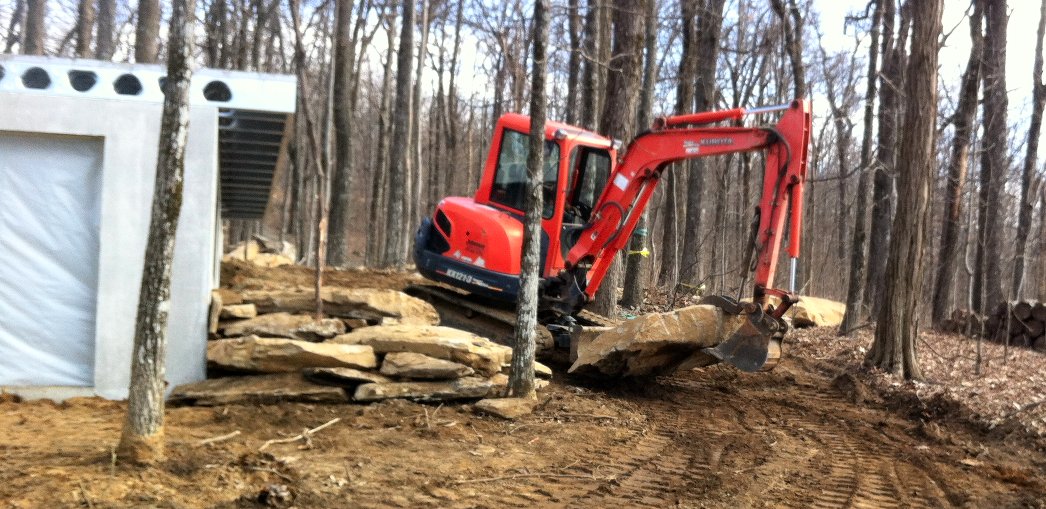

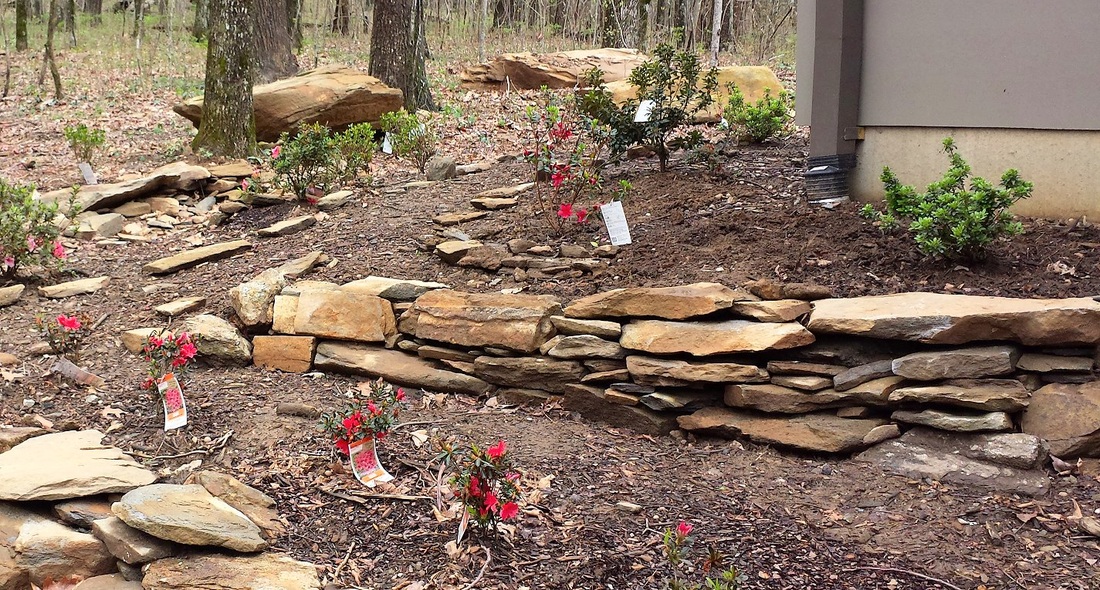
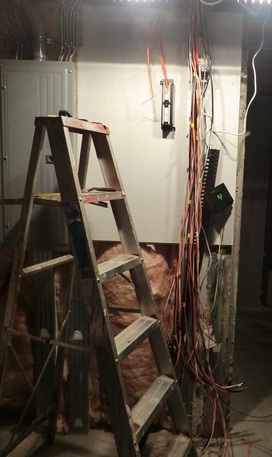
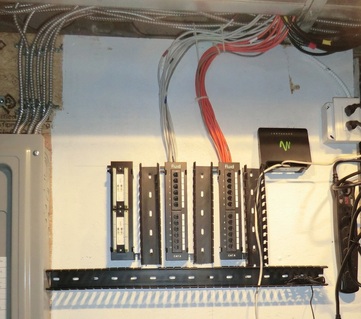
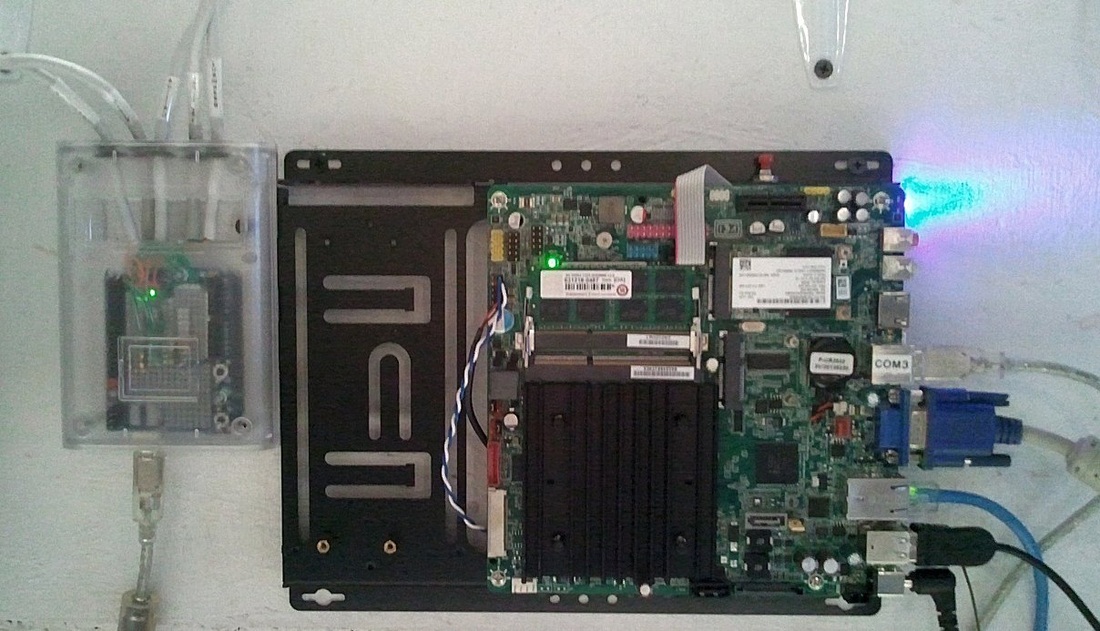
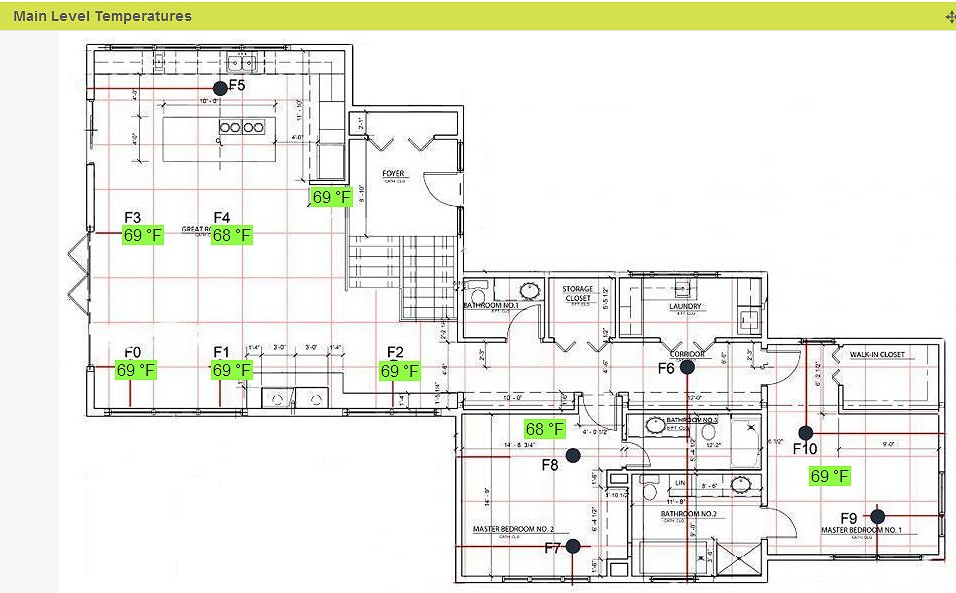
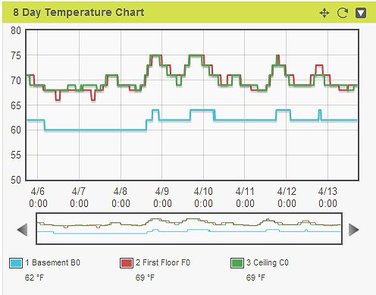
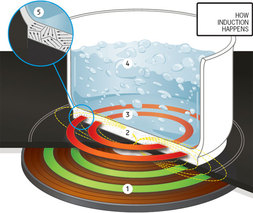
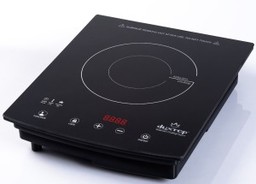
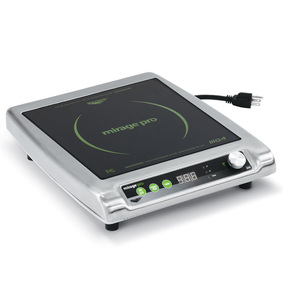
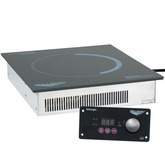
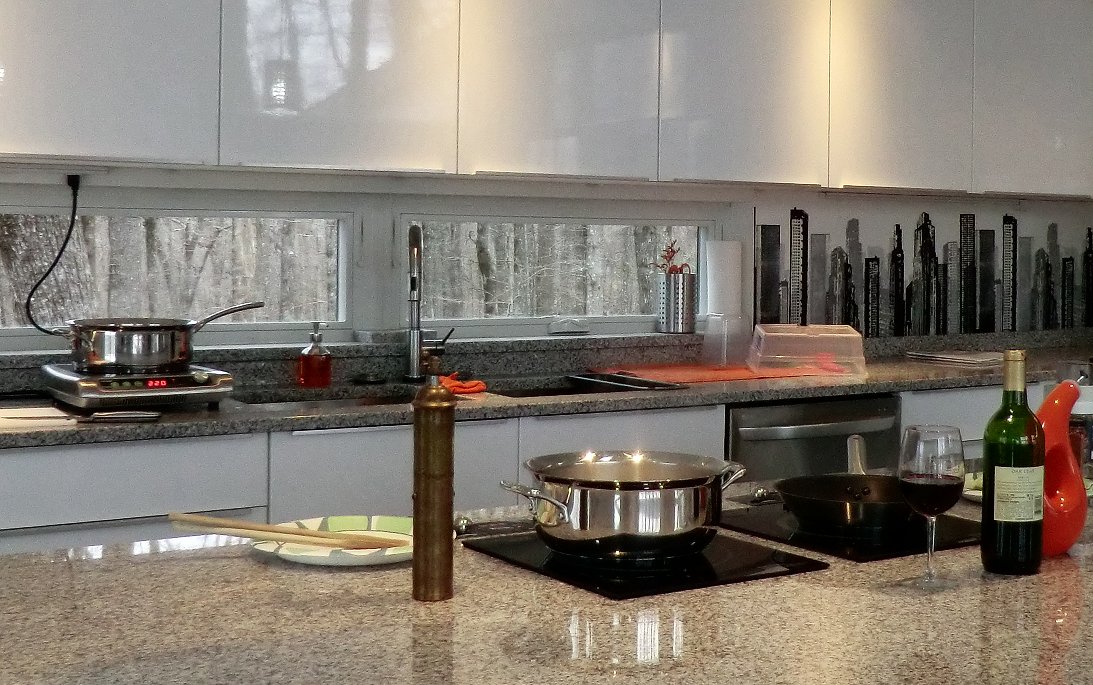
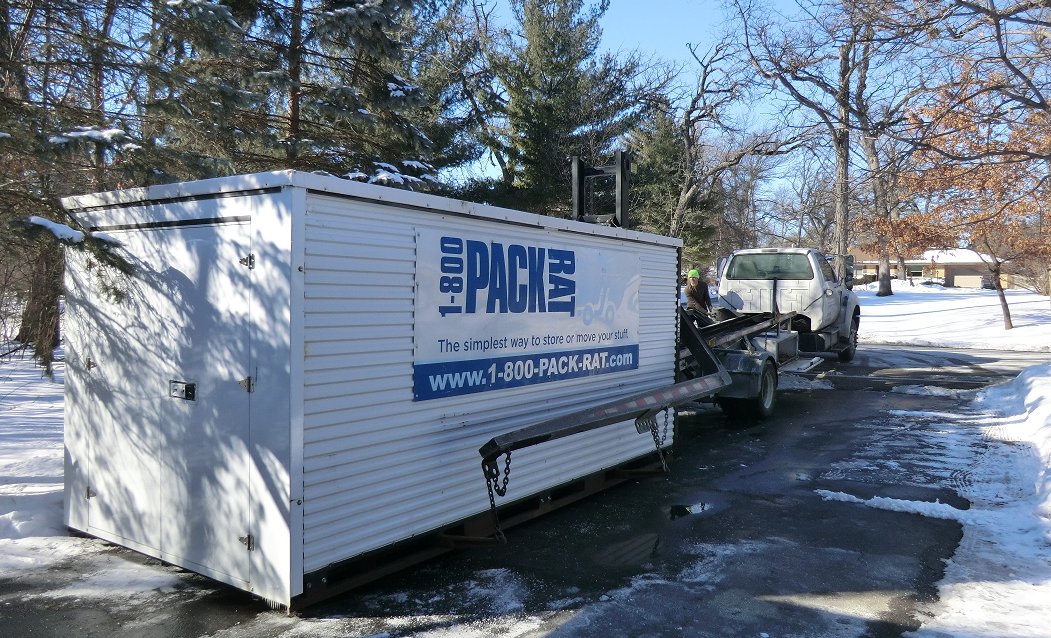
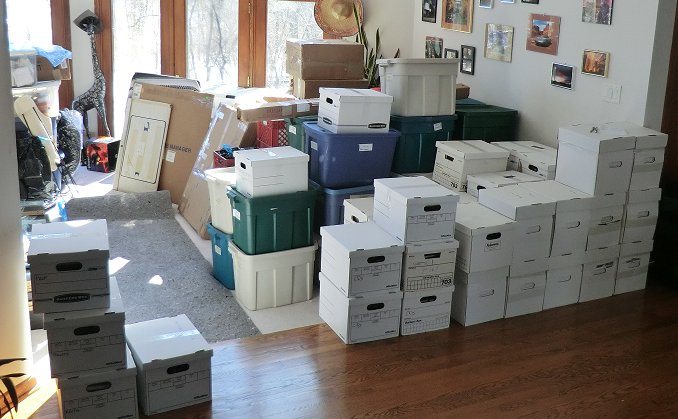
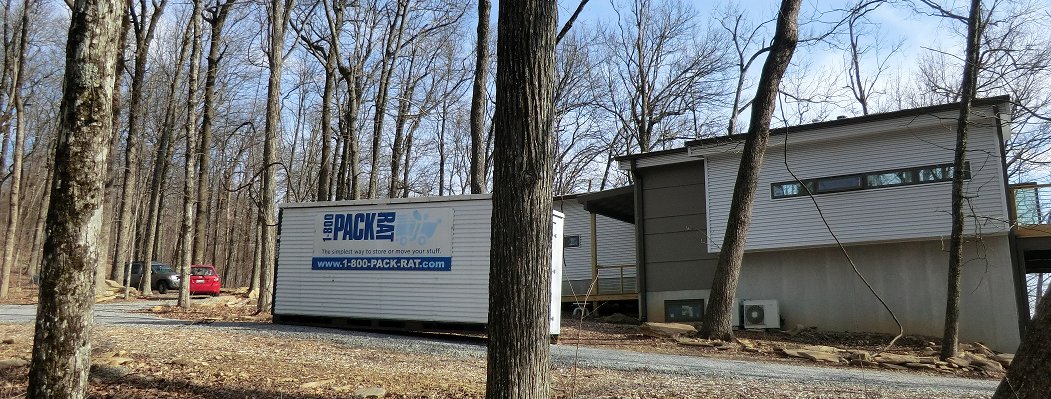
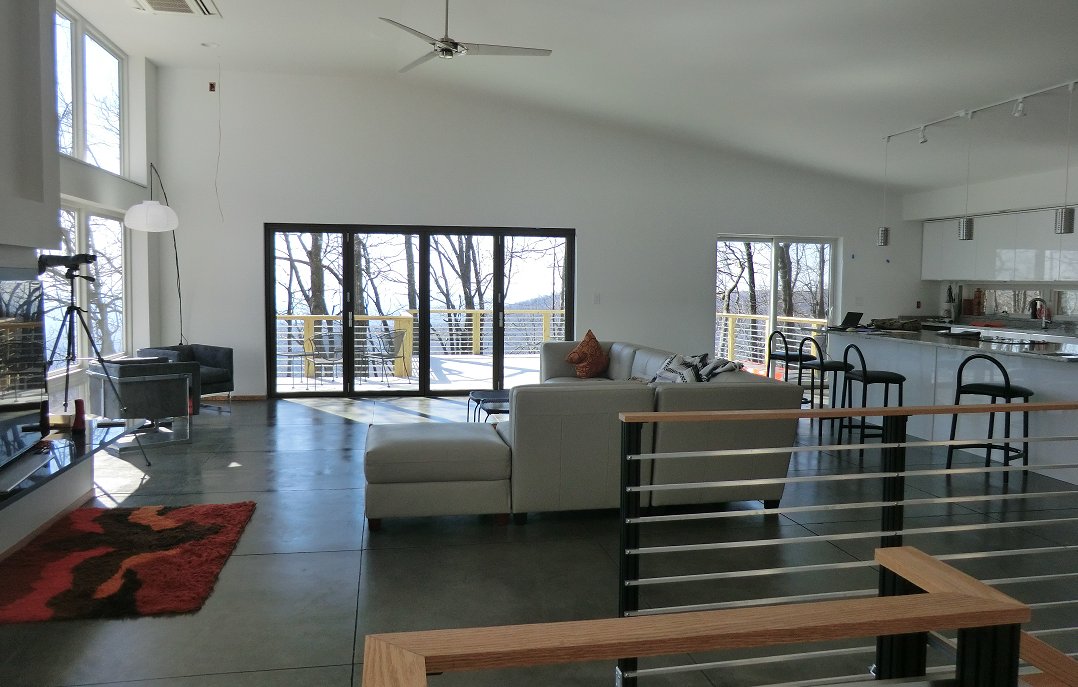
 RSS Feed
RSS Feed